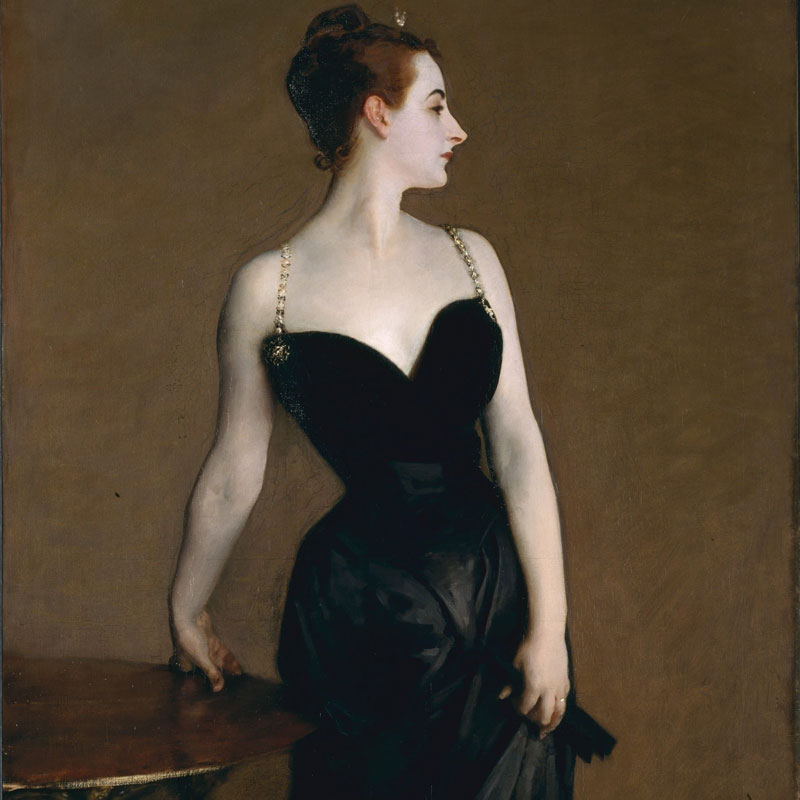The Carracci Cartoons: Myths in the Making at the National Gallery

From April 10 to July 6, 2025, the National Gallery in London presents the exhibition “The Carracci Cartoons: Myths in the Making”.
Source: National Gallery · Image: Agostino Carracci, ‘A Woman borne off by a Sea God’, about 1599 © The National Gallery, London
This is a rare chance to see these works which, at nearly four metres wide and two metres tall and in the delicate medium of charcoal and white chalk, are not often displayed. The works came into the National Gallery collection in 1837 as part of a gift by Lord Francis Egerton. Prior to this they had been owned by the artist Sir Thomas Lawrence.
These immense drawings were made in preparation for the painted ceiling in the gallery of one of Rome’s greatest Renaissance palaces, the Palazzo Farnese (now the site of the French Embassy in Rome). They were created as part of a commission by Odoardo Farnese (1573–1626), the younger son of the duke of Parma who had been made cardinal at the age of 18 and was seeking to decorate the family palace he had inherited in 1592. To do so, he turned to the Carracci brothers, outstanding artists from Bologna who came to visit the cardinal in 1594.
Once in Rome, Annibale and Agostino Carracci took inspiration from antique sculptures and celebrated works of painters such as Michelangelo and Raphael, creating an idealised image of the classical world that celebrated the loves of the gods. The ‘Galleria Farnese’ as it came to be called was enormously influential on future generations of artists.
These two enormous drawings are the work principally of Agostino, the older of the two, but Annibale may also have played a part in their execution. They show two scenes inspired by Ovid’s Metamorphoses. As cartoons they were created as part of the preparation for the frescoed ceiling in the Farnese Gallery and would have been used to transfer the design to the wet plaster. Their survival is unusual and as such speaks to the significance given to the drawings shortly after their creation. This presentation will offer a unique insight into both the techniques used to create monumental frescoes, and the Carracci brothers’ own creative process of design and refinement.
Follow us on:


